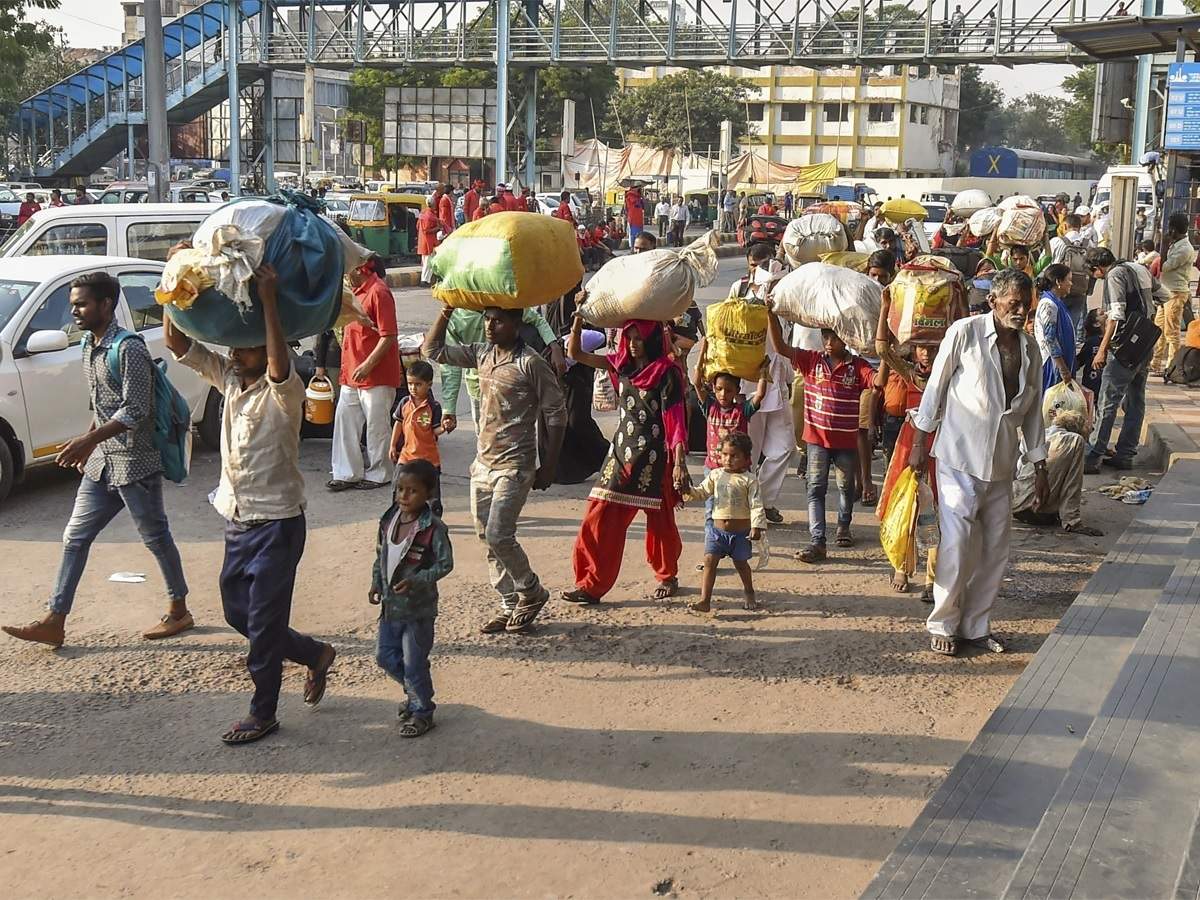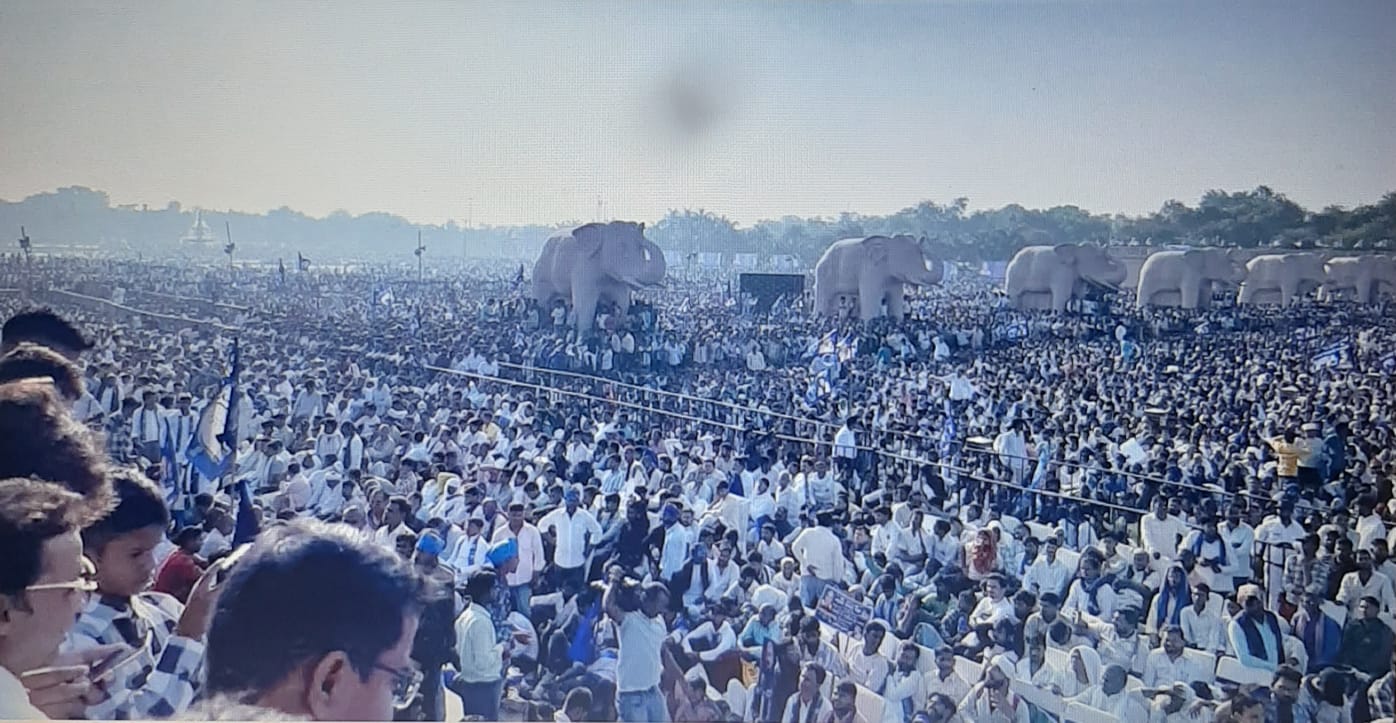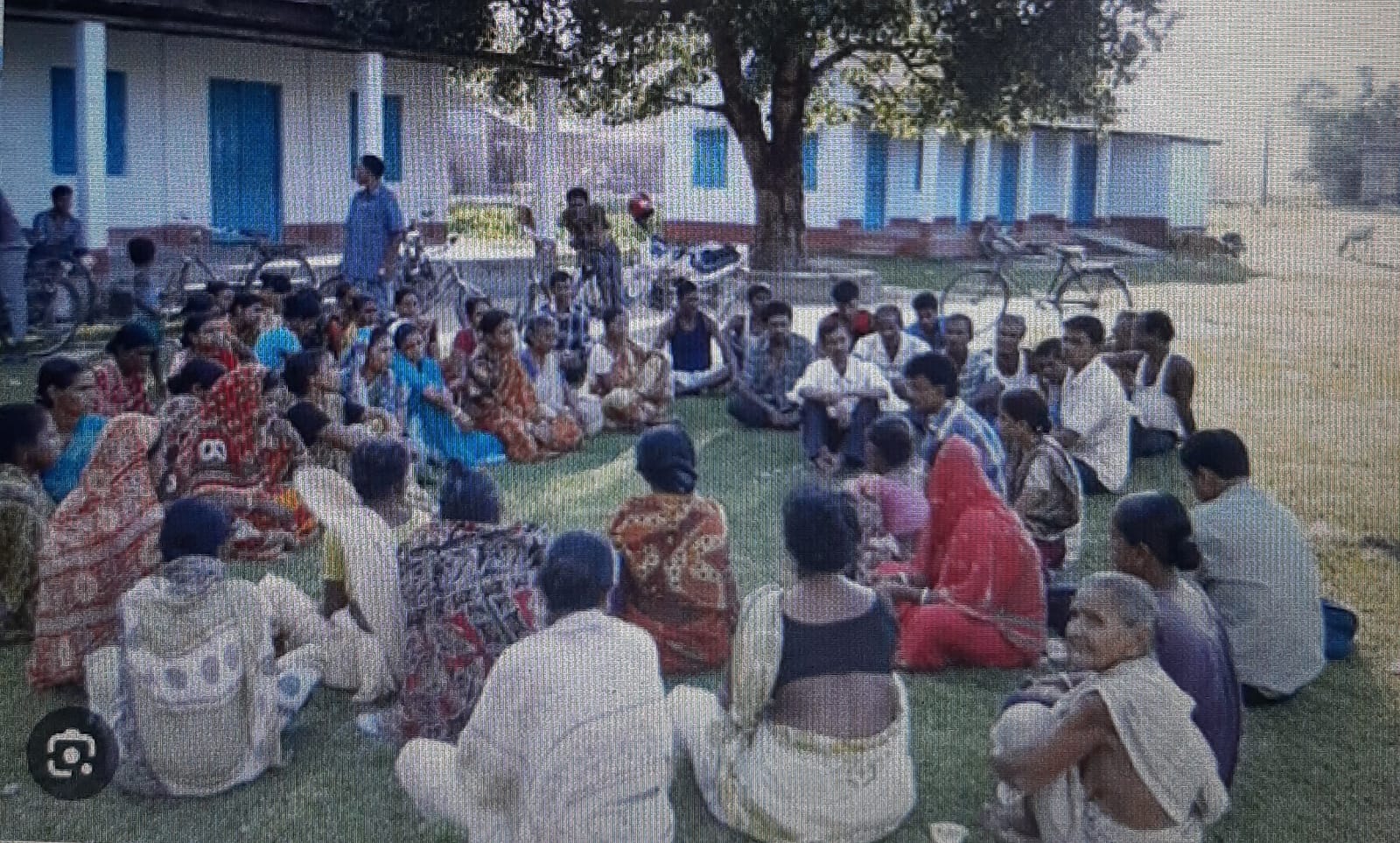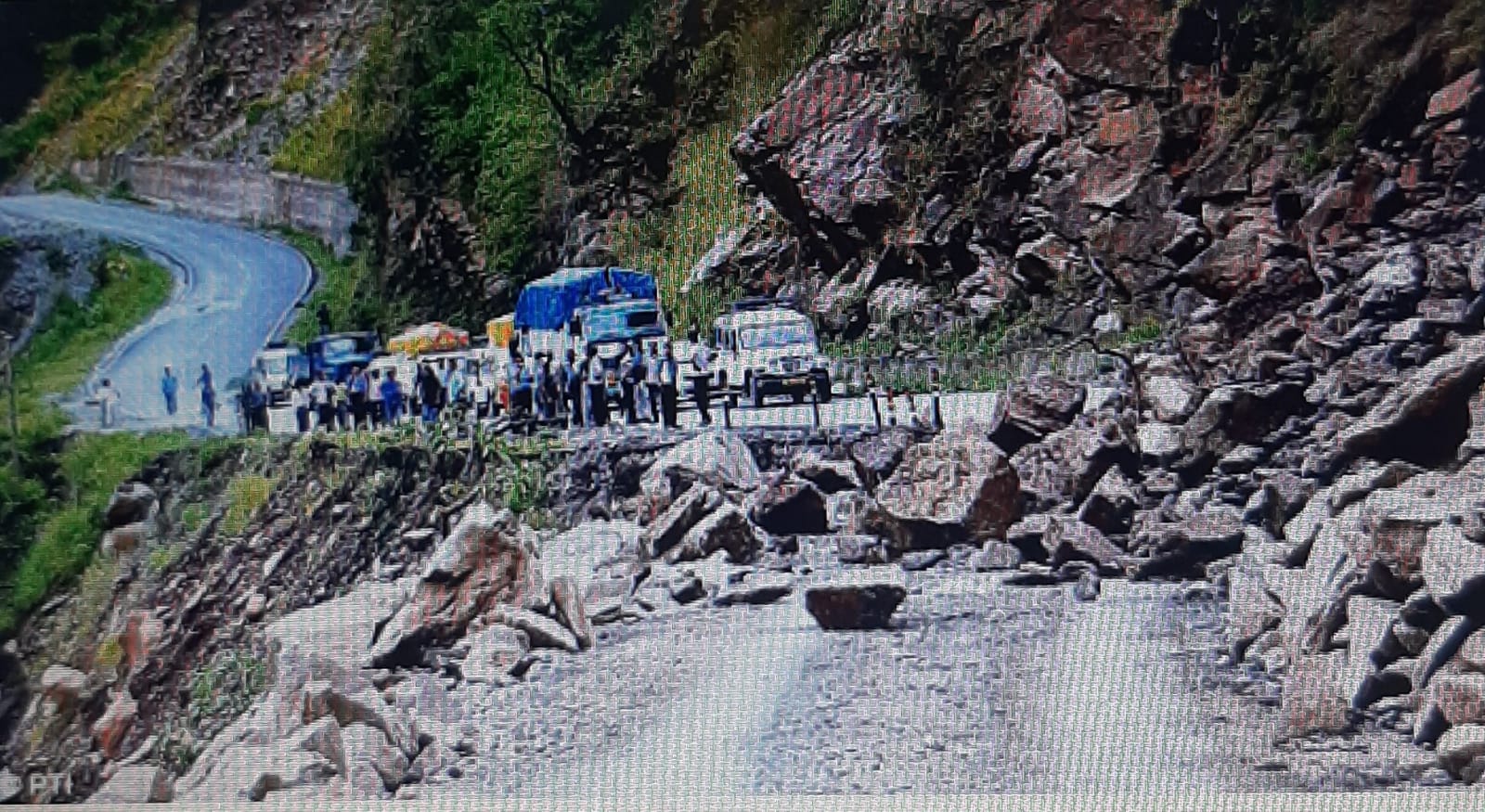
The migrant labour are necessary to keep the wheels of our cities and industry moving. Not only manufacturing activity but also the ‘service’ sector could be severely impacted if the workforce doesn’t return.
VS Pandey
The Covid-19 pandemic, in certain ways, is altering the world view of people, societies and even countries. India is no exception. The extended lockdown has focused attention on certain ‘invisibles’ of Indian society and economy viz. the plight of migrant labour whether working in the agriculture fields of Punjab and Haryana, the multi-billion dollar gem & jewellery industry of Surat, textile mills and chemical industries in Gujarat and Maharashtra or the ubiquitous informal sector of ‘service sector’ in the metros – as labour in grain and farm mandis, plying rickshaws and push carts, loading and unloading trucks etc.
First, we had the spectacle of lakhs of men with their families hitting the road on foot when the lockdown was announced. This was followed by hasty arrangements made by state governments to arrange for their boarding and lodging in school buildings, shelter homes etc.
Still with no work, no money, the initial enthusiasm of donors and state agencies to feed them twice daily waning, the migrant workers are on their way back to their villages in Bihar, Uttar Pradesh, Jharkhand, Odisha, Chhattisgarh, West Bengal among others. Thankfully, state governments have now come forward and the railways have agreed to run ‘Shramik Specials’ to ferry them back to their states and villages even while maintaining the prescribed ‘physical distance’ and hygiene during the journey.

It is interesting to note media reports that chief ministers of Karnataka, Telangana and Haryana have appealed to the migrant labourers not to go back to their villages especially when ‘lockdown’ is being slowly eased and economic activity is set to resume. There were also reports in the media that if labour did not return, some labour-intensive industries would be forced to shift operations closer to places where these labourers stay provided the state government concerned provides suitable support. Of course, export oriented units could not relocate as distance from the ports would add to their costs and make their products non-competitive in the world market.
So what do these seemingly unconnected responses to the issue of migrant labour indicate? First, the fact that these ‘invisible’ migrant labour are necessary to keep the wheels of our cities and industry moving. Not only manufacturing activity but also the ‘service’ sector could be severely impacted if the workforce doesn’t return. Sectors affected could range from cleaning of drains before the monsoons, sewerage and sanitation work in the towns, services ranging from those provided by semi-skilled to skilled labour i.e. washermen and ubiquitous ‘press men’ outside or inside all colonies and gated communities, household helps, construction workers, electricians, plumbers, painters, vegetable and fruit vendors, rag pickers etc. Life without them suddenly begins to look more difficult for the average city dweller.
But what have the employers, local bodies or state governments done or given to them to ensure that they stay back? Precious little. These migrant labourers work in the paddy fields undertaking back breaking transplantation of paddy from nurseries to the field at an estimated cost of Rs 2,500 per acre while local workers charge Rs 4,500 per acre. But arrangements for their boarding and lodging are pretty rudimentary, if at all provided by the farmers. In cities where they stay, what they eat, how they commute is not the concern of the employer. The employer demands punctuality, regularity, cleanliness before these people can enter their houses or establishments. The wages paid to them would also be what these labourers are able to negotiate with their employer which is inversely proportional to their desperation for a job.

Now, all that is in the past. What do we do now? How can cities win their trust and get them back? In my view, certain things need to be done urgently. First, identify the areas where these labourers stay, their workplace and locate suitable places where decent accommodation can be built for them. These could be multi-storeyed flats of various dimensions – one-room units with an attached kitchen and bathroom to two-room units with all basic amenities that could be rented out to them at Rs. 500 to Rs 1,000 per month for one-room unit to Rs 1,500 to Rs 2,500 per month for two-room units with all necessary infrastructure like education, health facility, fair price shops etc. The average distance of these locations from their workplace should not be more than 2 to 3 kms .
it should be the responsibility of the state or local body to provide land for this purpose and the cost of housing units should be shared by the state government, local body, trader and industry associations. Only when society, employers, local bodies and state governments show through concrete action that they care, are ready to look after their well being and recognise their role as a stakeholder in development and prosperity of city and state, that this issue will be truly resolved and vibrancy and cohesiveness of society guaranteed. Future lies in acting as ‘we’ rather than ‘me’. (Courtesy: The Hindustan Times)
(VS Pandey is a former IAS officer. He retired as secretary, department of fertilisers in the Government of India)









